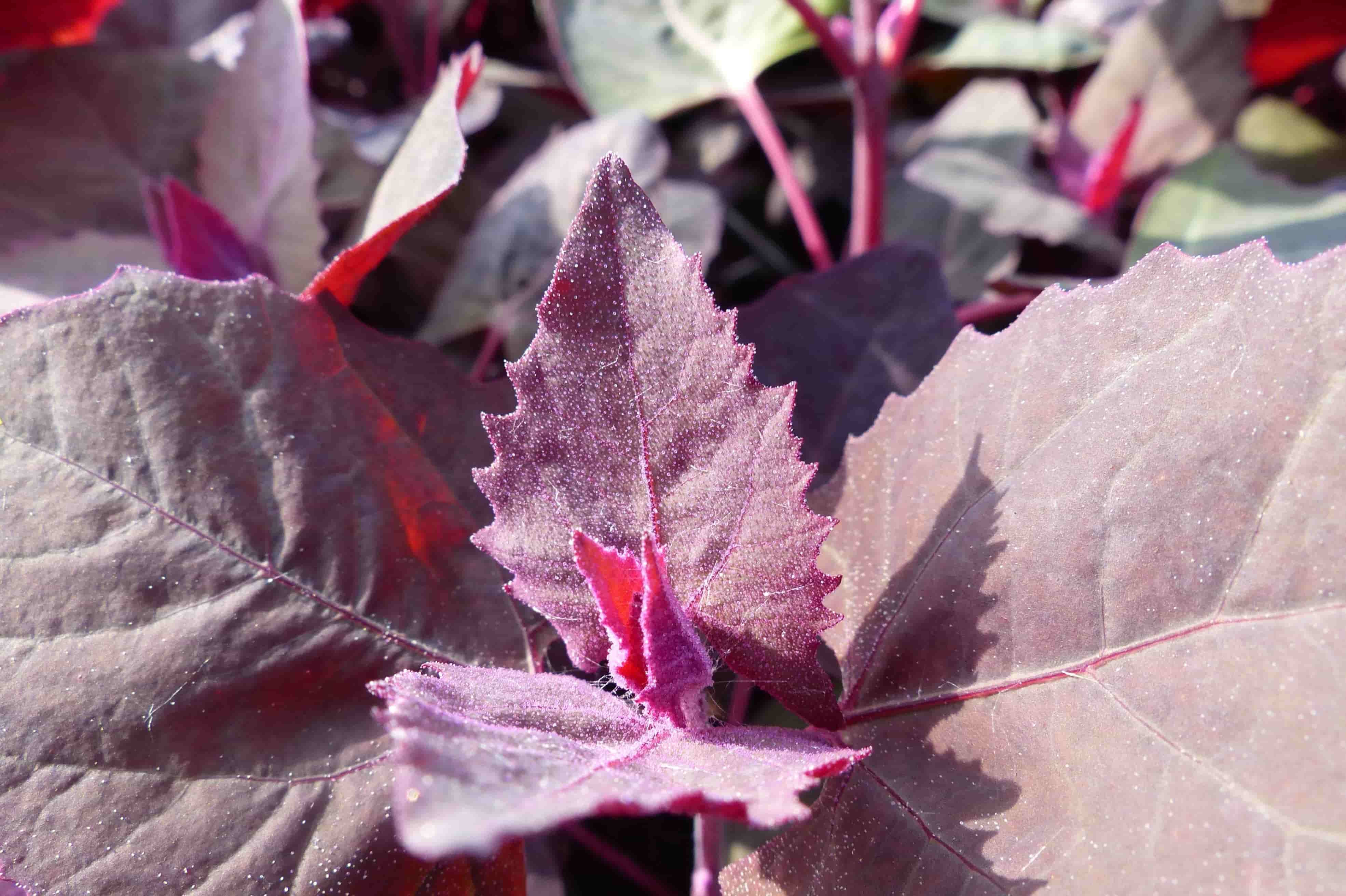
What is Red Orach? Red Orach, also known as Atriplex hortensis, is a leafy vegetable that stands out with its striking red-purple leaves. Often compared to spinach, this ancient plant has been cultivated for centuries. Why should you care about Red Orach? It's not just its vibrant color that makes it special; Red Orach is packed with nutrients like vitamins A, C, and K, along with essential minerals such as iron and calcium. How can you use it? You can toss it in salads, sauté it, or even use it as a natural dye. Is it easy to grow? Absolutely! Red Orach thrives in various climates and can be a colorful addition to your garden. Ready to learn more? Let's dive into 15 fascinating facts about this unique plant.
Key Takeaways:
- Red orach, also known as mountain spinach, is a vibrant leafy vegetable rich in vitamins A, C, and K. It's easy to grow and can be used in salads, soups, and even as a natural food dye.
- With a rich history dating back to ancient Greek and Roman times, red orach has been a staple in various cultures and is known for its medicinal and culinary uses. It's a versatile and nutritious addition to any garden and kitchen.
What is Red Orach?
Red orach, also known as Atriplex hortensis, is a leafy vegetable that has been cultivated for centuries. Its vibrant red leaves make it a striking addition to gardens and plates alike. Here are some fascinating facts about this unique plant.
-
Red orach is also called mountain spinach due to its similar taste and texture to spinach.
-
This plant belongs to the Amaranthaceae family, which includes other leafy greens like quinoa and beets.
-
Red orach can grow up to six feet tall, making it one of the tallest leafy vegetables.
Nutritional Benefits of Red Orach
Red orach is not just visually appealing; it also packs a nutritional punch. Here are some health benefits you might not know about.
-
It is rich in vitamins A, C, and K, which are essential for maintaining healthy skin, immune function, and blood clotting.
-
The leaves contain high levels of antioxidants, which help protect cells from damage caused by free radicals.
-
Red orach is a good source of dietary fiber, aiding in digestion and promoting a healthy gut.
Growing Red Orach
Interested in adding red orach to your garden? Here are some tips and facts about growing this vibrant plant.
-
Red orach thrives in well-drained soil and can tolerate both full sun and partial shade.
-
It is a hardy plant that can withstand cooler temperatures, making it suitable for early spring or late fall planting.
-
The seeds can be sown directly into the ground, and they typically germinate within 7-14 days.
Culinary Uses of Red Orach
Red orach is versatile in the kitchen, offering a range of culinary possibilities. Here are some ways to incorporate it into your meals.
-
The leaves can be eaten raw in salads, adding a pop of color and a mild, slightly salty flavor.
-
Red orach can be cooked like spinach, making it a great addition to soups, stews, and stir-fries.
-
The vibrant red color of the leaves can be used as a natural food dye, adding a unique twist to your dishes.
Historical and Cultural Significance
Red orach has a rich history and cultural significance that spans across various regions and eras. Here are some intriguing historical facts.
-
It was a staple in ancient Greek and Roman diets, often used in medicinal remedies as well as culinary dishes.
-
In medieval Europe, red orach was commonly grown in monastery gardens and used in religious ceremonies.
-
Native American tribes also utilized red orach, incorporating it into their diets and traditional medicine practices.
Final Thoughts on Red Orach
Red orach isn't just a pretty plant; it's packed with nutrients and history. This leafy green, with its vibrant red hue, has been a staple in diets for centuries. It's rich in vitamins A, C, and K, making it a healthy addition to any meal. Plus, its unique taste adds a special touch to salads and soups. Growing red orach in your garden is easy, and it thrives in various climates. Whether you're a seasoned gardener or just starting, this plant can be a great addition to your green space. Remember, it's not just about the looks; red orach offers a lot of health benefits too. So next time you're thinking of adding something new to your garden or plate, consider red orach. It's a small change that can make a big difference.
Frequently Asked Questions
Was this page helpful?
Our commitment to delivering trustworthy and engaging content is at the heart of what we do. Each fact on our site is contributed by real users like you, bringing a wealth of diverse insights and information. To ensure the highest standards of accuracy and reliability, our dedicated editors meticulously review each submission. This process guarantees that the facts we share are not only fascinating but also credible. Trust in our commitment to quality and authenticity as you explore and learn with us.


